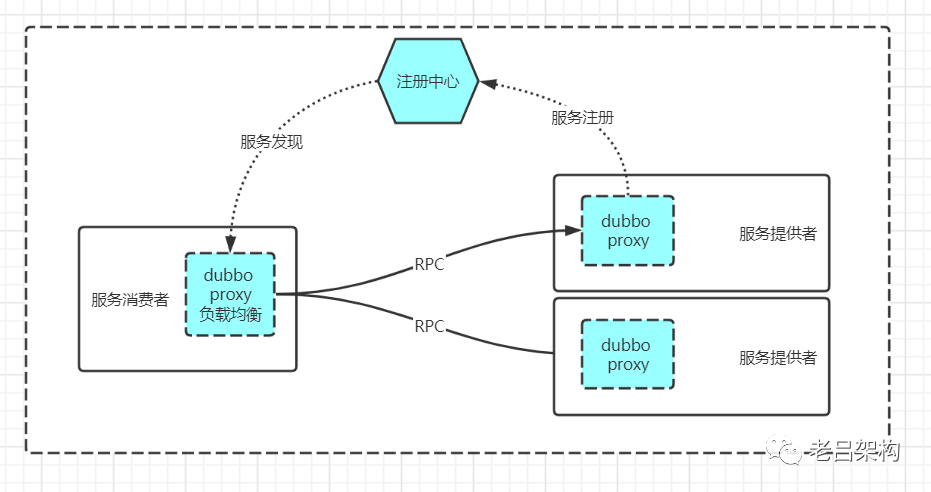微服务架构设计模式:单体到分布式演进
发布时间: 2024-08-21 11:27:30 阅读量: 21 订阅数: 24 


基于纯verilogFPGA的双线性差值视频缩放 功能:利用双线性差值算法,pc端HDMI输入视频缩小或放大,然后再通过HDMI输出显示,可以任意缩放 缩放模块仅含有ddr ip,手写了 ram,f

# 1. 微服务架构概述
微服务架构是一种软件架构风格,它将应用程序分解为一系列松散耦合、独立部署的小型服务。这些服务通常围绕业务功能构建,并通过轻量级机制(如HTTP/RESTful API或消息队列)进行通信。
微服务架构提供了许多优势,包括:
- **灵活性:**微服务可以独立开发和部署,使团队能够快速响应变化的需求。
- **可扩展性:**微服务可以根据需要进行水平扩展,以处理不断增加的负载。
- **容错性:**如果一个微服务失败,它不会影响其他服务,从而提高了系统的整体可靠性。
# 2. 微服务架构设计模式
微服务架构设计模式提供了将单体应用程序演进为微服务架构的指导原则和最佳实践。这些模式涵盖了从基于单体的演进到基于分布式的演进的各种方法。
### 2.1 基于单体的演进模式
基于单体的演进模式涉及将单体应用程序逐步拆分为较小的微服务。这种方法对于具有复杂业务逻辑和紧密耦合组件的单体应用程序特别有用。
#### 2.1.1 垂直拆分模式
垂直拆分模式将单体应用程序按功能领域进行拆分。每个微服务负责特定业务功能,例如订单管理、客户管理或库存管理。这种模式有助于提高内聚性,降低耦合性,并简化维护。
#### 2.1.2 水平拆分模式
水平拆分模式将单体应用程序按数据或用户群进行拆分。例如,可以将用户数据拆分为不同的微服务,每个微服务负责特定地理区域或用户类型。这种模式有助于提高可扩展性和可用性,并支持不同的业务需求。
### 2.2 基于分布式的演进模式
基于分布式的演进模式涉及将分布式系统中的现有组件转换为微服务。这种方法对于已经使用分布式技术(例如消息队列或 API 网关)的应用程序特别有用。
#### 2.2.1 微服务拆分模式
微服务拆分模式将分布式系统中的现有组件拆分为独立的微服务。每个微服务负责特定功能或服务,例如身份验证、授权或支付处理。这种模式有助于提高模块化和可重用性,并简化维护。
#### 2.2.2 API 网关模式
API 网关模式在分布式系统前面放置一个 API 网关。API 网关充当单一入口点,负责路由请求、执行安全检查和聚合来自不同微服务的响应。这种模式有助于提高安全性、可观察性和可管理性。
**代码示例:**
```java
// 基于单体的垂直拆分模式
public class OrderService {
public Order createOrder(Order order) {
// 订单创建逻辑
}
public Order getOrder(Long orderId) {
// 订单获取逻辑
}
public void updateOrder(Order order) {
// 订单更新逻辑
}
}
```
**逻辑分析:**
`OrderService` 类包含了与订单相关的业务逻辑,实现了垂直拆分模式。它提供了创建、获取和更新订单的方法,将订单管理功能与其他业务功能分离。
**参数说明:**
* `Order`:表示订单对象的实体类。
* `orderId`:要获取或更新的订单的 ID。
# 3.1 微服务拆分策略
微服务拆分是将单体应用分解为多个独立服务的关键步骤。它需要遵循合理的策略,以确保拆分后的服务具有良好的内聚性和松耦合性。以下介绍两种常见的微服务拆分策略:
#### 3.1.1 领域驱动设计(DDD)
领域驱动设计(DDD)是一种软件开发方法,它强调将业务领域建模为一系列相互关联的领域对象。DDD 将业务领域划分为多个子域,每个子域代表一个特定业务功能。
在微服务架构中,DDD 可以用于将单体应用拆分为多个微服务,每个微服务负责一个特定的子域。这种拆分策略可以确保微服务具有良好的内聚性,因为它们只专注于特定业务功能。
#### 3.1.2 限界上下文分析
限界上下文分析是一种技术,用于识别和定义业务领域中不同的上下文边界。限界上下文是业务领域中一个特定的部分,它具有自己的概念、规则和语言。
在微服务架构中,限界上下文分析可以用于将
0
0





